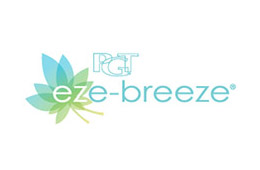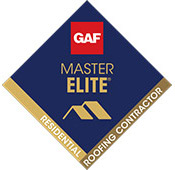Once rust or corrosion has formed, your gutter system can fail at any time. Here, we discuss the common causes of gutter rust and how to handle them.

Causes of Gutter Rust or Corrosion
- Pollen. Some tree pollen is acidic and therefore harmful to gutters. It eats the coating right off the metal, leaving the gutters vulnerable to corrosion.
- Reaction with other metals. Galvanic corrosion occurs when two dissimilar metals come into contact and react to each other, causing rust or corrosion.
- Changes in temperature. When temperatures fluctuate repeatedly over time, the structure of the metal can start to break down. In coastal regions, temperature changes are the culprit behind many cases of gutter rust.
- Lack of gutter maintenance. If you do not clean your gutter system for a long time, it will clog up with debris and begin to corrode.
Solutions to Gutter Rust or Corrosion
- Sand it off. On some occasions, gutter rust can be slowed down if caught at an early stage. You can use sandpaper to sand traces of rust off the surface of the gutters.
- Remove the affected section. Another low-cost and short-term solution to gutter rust is to remove the affected area and replace it with a new section of gutter. Note that this is not generally advisable. Seams from the joint gutters are prone to leaks and will require regular resealing.
- Replace the gutter system. There is no going back when it comes to gutter rust. Once it starts to form, it is only a matter of time before a replacement is needed. In such a case, make sure that you replace your gutters with a material that is resistant to rust and corrosion, such as aluminum or copper.
Do you need to repair or replace your gutters? DIY is not going to cut it, so leave the job in the hands of skilled and trained professionals. Homecraft® Inc. is a go-to contractor for superior home improvement solutions in Maryland. Call (302) 798-0302 or fill out our online form to schedule an appointment.










